Navigation
Install the app
How to install the app on iOS
Follow along with the video below to see how to install our site as a web app on your home screen.

Note: This feature currently requires accessing the site using the built-in Safari browser.
More options
You are using an out of date browser. It may not display this or other websites correctly.
You should upgrade or use an alternative browser.
You should upgrade or use an alternative browser.
Editing Black People Skin
- Thread starter LTP
- Start date
bianni
No longer a newbie, moving up!
- Joined
- Jun 2, 2011
- Messages
- 304
- Reaction score
- 117
- Location
- philippines
- Can others edit my Photos
- Photos OK to edit

here is an edit using highlights and shadows, levels and quickmask to select certain areas to be adjusted. i also used a new blank layer and used the eyedropper tool to select the color beside the area i want to correct like the eyebags, shadows on their faces and their clothes, on the faces use the brush sparingly so you don't remove all of the eyebags.
benefotphoto
TPF Noob!
- Joined
- Dec 19, 2011
- Messages
- 1
- Reaction score
- 0
- Location
- LAtvia
- Can others edit my Photos
- Photos OK to edit
Hello, i working with one of the studio, so we make evry day like 14 pack of studio, and i found after 2 yrs of shooting, people dont understand at Theory of Photo nothing, if you use even# one one photo tool# for Addobe Photoshop, they buy. MAin factor they Like IT. or not. They dont even buy all pic in Focus.
So i may be not a Real photographer but important is for me to sell, edit Fast and have Pics Better that enybody have any camera. If user have d3x and dont know how to use he have Ugly pics. If you give something better he is happy. He pay.
So make Nice Pics, and use Portraiture, one one photo tool and clean big defects.
So i may be not a Real photographer but important is for me to sell, edit Fast and have Pics Better that enybody have any camera. If user have d3x and dont know how to use he have Ugly pics. If you give something better he is happy. He pay.
So make Nice Pics, and use Portraiture, one one photo tool and clean big defects.
- Joined
- Dec 16, 2003
- Messages
- 33,896
- Reaction score
- 1,853
- Location
- Edmonton
- Website
- www.mikehodson.ca
- Can others edit my Photos
- Photos NOT OK to edit
It's been said, but the biggest issue is exposure. The photo was vastly underexposed. So the first thing to do, is learn how to get a proper exposure in-camera.
Here is one method....How to use a Grey Card ~ Mike Hodson Photography
Next, the White Balance has to be addressed. You could set a custom WB (another use for a grey card) but it will also be hugely beneficial if you shoot in RAW, which allows you to set the WB on the computer.
After that, you ca start to worry about where you position you lights and how your pose your subject etc.
There is something else to be aware of, specifically for when you're shooting darker skinned people...and that is the amount of direct reflection vs the amount of diffuse reflection that their skin exhibits. Without going into too much detail (for this thread), diffuse reflection is the smooth/even reflection (like a white piece of paper)...and direct reflection is when the light source can be seen (like a mirror or something 'shiny).
Most people's skin has a mix of diffuse and direct reflection...the more oily the skin is, the more direct reflection will be seen. You usually don't want to see direct reflections in skin...that's why everyone on TV wears make-up etc.
So when it comes to dark skin, they naturally have less diffuse reflection (more absorption), so any direct reflection that they do have, will stand out more. The result is that dark skin tends to look more shiny than fair skin. To help alleviate this, you can try to position your lights to minimize the direct reflection, but because people's heads are round, it would be almost impossible to eliminate it. So a common technique, when shooting a portrait of a dark skinned person, is to attempt to 'fill the family of angles', so that the direct reflection 'highlight' is spread out on their face/skin, so that it's not just a small hotspot.
So to do this, someone might use a very large light source, and get it very close to the subject. That's the key.
Now that is probably more advanced that where you're at right now...but once you get the other issues sorted out, this will be something to think about.
Here is one method....How to use a Grey Card ~ Mike Hodson Photography
Next, the White Balance has to be addressed. You could set a custom WB (another use for a grey card) but it will also be hugely beneficial if you shoot in RAW, which allows you to set the WB on the computer.
After that, you ca start to worry about where you position you lights and how your pose your subject etc.
There is something else to be aware of, specifically for when you're shooting darker skinned people...and that is the amount of direct reflection vs the amount of diffuse reflection that their skin exhibits. Without going into too much detail (for this thread), diffuse reflection is the smooth/even reflection (like a white piece of paper)...and direct reflection is when the light source can be seen (like a mirror or something 'shiny).
Most people's skin has a mix of diffuse and direct reflection...the more oily the skin is, the more direct reflection will be seen. You usually don't want to see direct reflections in skin...that's why everyone on TV wears make-up etc.
So when it comes to dark skin, they naturally have less diffuse reflection (more absorption), so any direct reflection that they do have, will stand out more. The result is that dark skin tends to look more shiny than fair skin. To help alleviate this, you can try to position your lights to minimize the direct reflection, but because people's heads are round, it would be almost impossible to eliminate it. So a common technique, when shooting a portrait of a dark skinned person, is to attempt to 'fill the family of angles', so that the direct reflection 'highlight' is spread out on their face/skin, so that it's not just a small hotspot.
So to do this, someone might use a very large light source, and get it very close to the subject. That's the key.
Now that is probably more advanced that where you're at right now...but once you get the other issues sorted out, this will be something to think about.
- Joined
- Apr 9, 2009
- Messages
- 41,401
- Reaction score
- 5,706
- Location
- Iowa
- Website
- kharrodphotography.blogspot.com
- Can others edit my Photos
- Photos OK to edit
In addition to the exposure, dark skinned people have to be lit differently than fair skinned people.
gsgary
Been spending a lot of time on here!
- Joined
- Oct 31, 2008
- Messages
- 16,143
- Reaction score
- 3,002
- Location
- Chesterfield UK
- Website
- www.gsgary.smugmug.com
- Can others edit my Photos
- Photos OK to edit
Sorry but it is not worth saving, too many things wrong with it
Similar threads
- Replies
- 9
- Views
- 350
- Replies
- 13
- Views
- 307


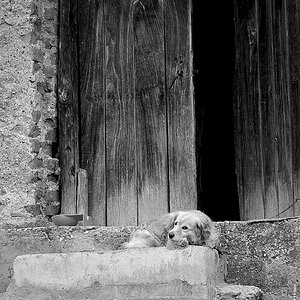
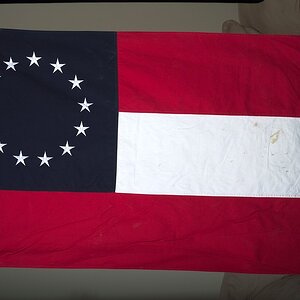


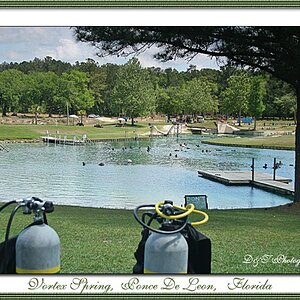
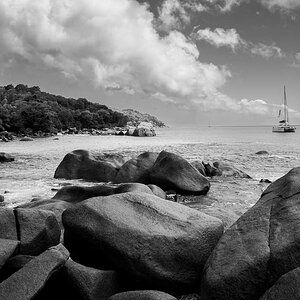
![[No title]](/data/xfmg/thumbnail/38/38735-2245cc1b04db3f96fa74095ae14558a6.jpg?1619738703)

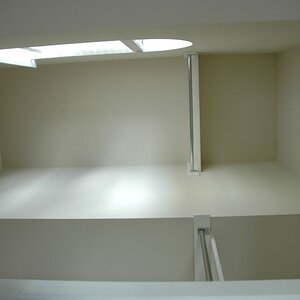
![[No title]](/data/xfmg/thumbnail/32/32711-b57dd72845f94aa34b3bd7207b07f98c.jpg?1619735616)
![[No title]](/data/xfmg/thumbnail/41/41819-f9479f2ecfaf8e9491a13a92e02e640a.jpg?1619739903)
